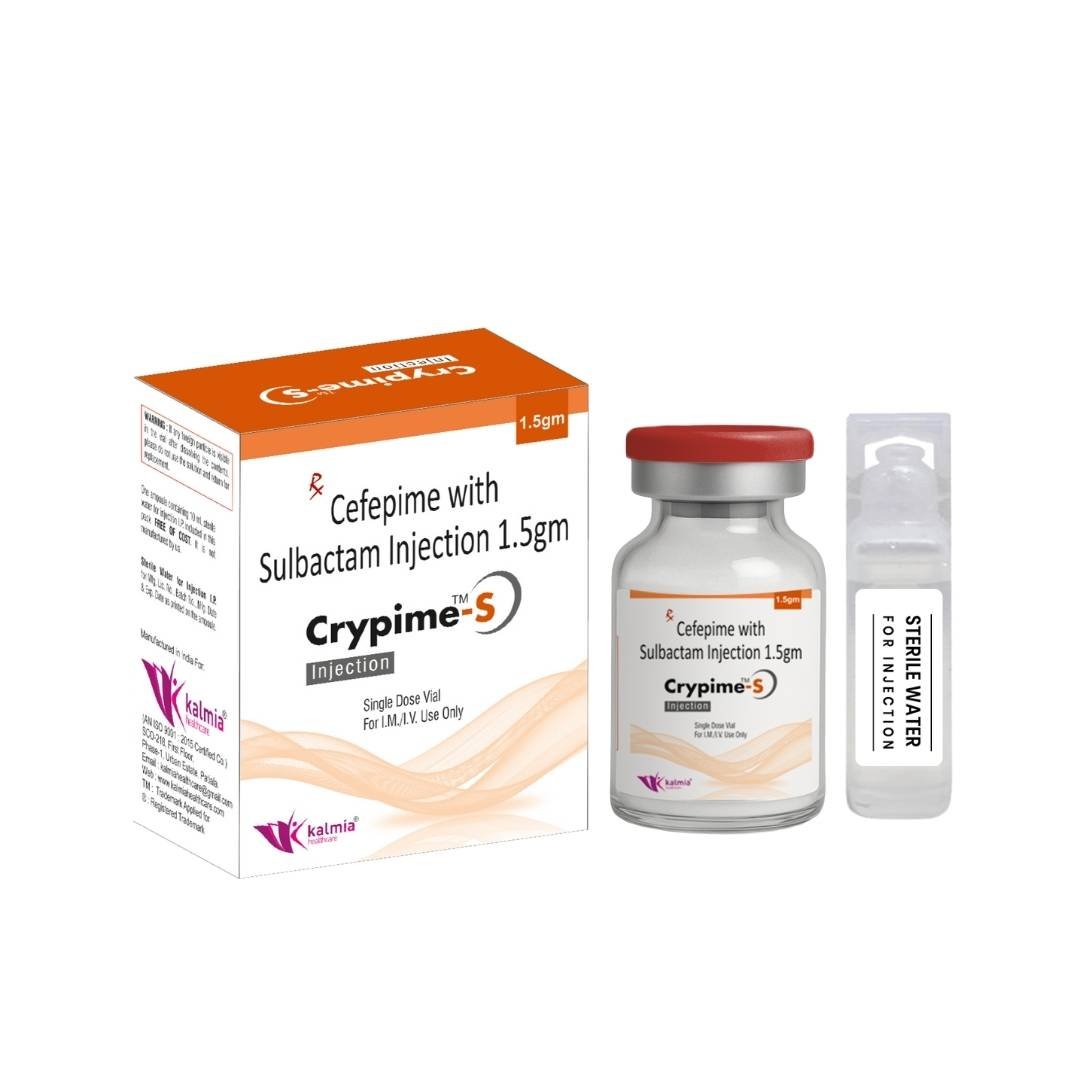
Cefepime 1 GM+ Sulbactum 500 Mg
Gram-positive, Gram-negative, and β-lactamase producing antibacterial effective antibiotics Performs well with multi-drug resistant (MDR).
Gram-positive, Gram-negative, and β-lactamase producing antibacterial effective antibiotics Performs well with multi-drug resistant (MDR) infections Coverages include hospital-acquired pathogens, such as Pseudomonas, Klebsiella, E. coli and Staphylococcus.
Certified Products
pAYMENTS
Customer Support
Certified Products
PAYMENTS
Customer Support
Gram-positive, Gram-negative, and β-lactamase producing antibacterial effective antibiotics Performs well with multi-drug resistant (MDR) infections Coverages include hospital-acquired pathogens, such as Pseudomonas, Klebsiella, E. coli and Staphylococcus.
Gram-positive, Gram-negative, and β-lactamase producing antibacterial effective antibiotics Performs well with multi-drug resistant (MDR) infections Coverages include hospital-acquired pathogens, such as Pseudomonas, Klebsiella, E. coli and Staphylococcus.
FAQ
1. What is the need to combine Cefepime with Sulbactam?
Sulbactam is a β-lactamase inhibitor that stops bacterial resistance and broadens the scope of Cefepime.
2. Does CRYPIME-S kill Pseudomonas?
Yes, Cefepime is very active against pseudomonal.
3. Is this applicable in ICU?
Yes, in particular, severe hospital-acquired infections and septicemia.
4. Is it suitable to kidney patients?
Yes, however it needs to be adjusted according to renal function.
FAQ
1. What is the need to combine Cefepime with Sulbactam?
Sulbactam is a β-lactamase inhibitor that stops bacterial resistance and broadens the scope of Cefepime.
2. Does CRYPIME-S kill Pseudomonas?
Yes, Cefepime is very active against pseudomonal.
3. Is this applicable in ICU?
Yes, in particular, severe hospital-acquired infections and septicemia.
4. Is it suitable to kidney patients?
Yes, however it needs to be adjusted according to renal function.